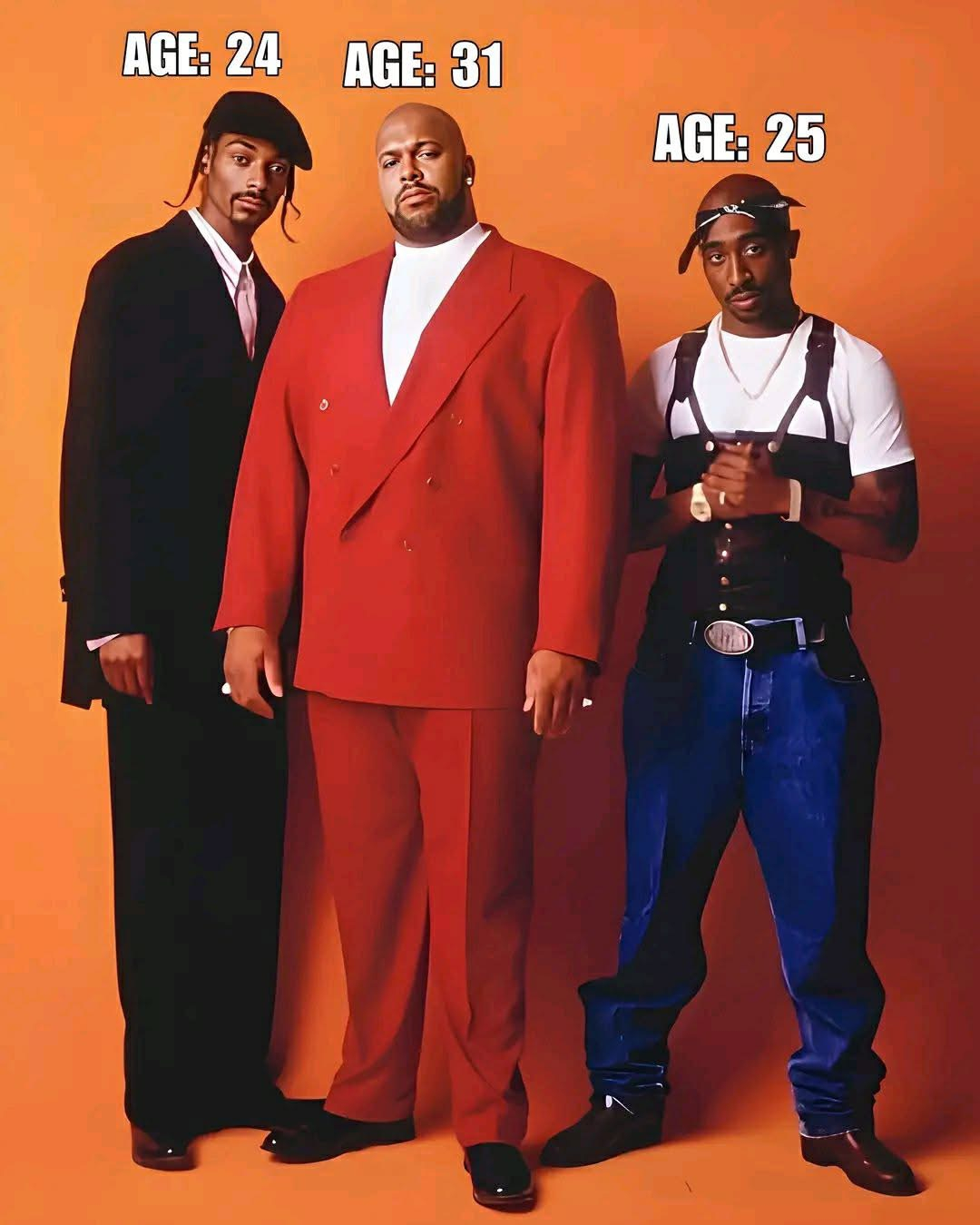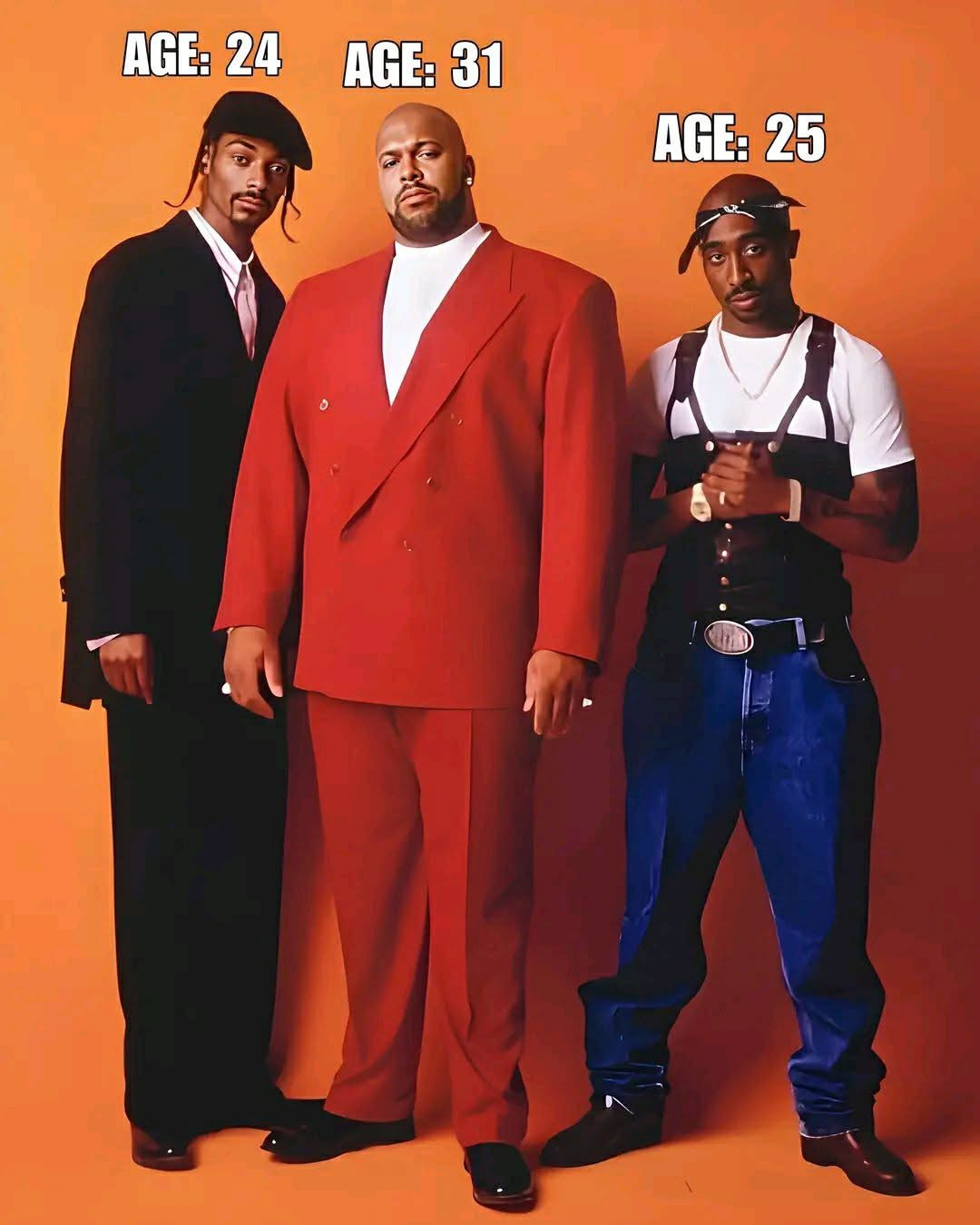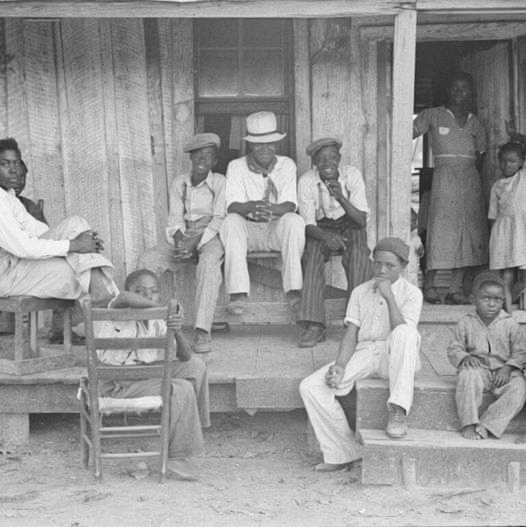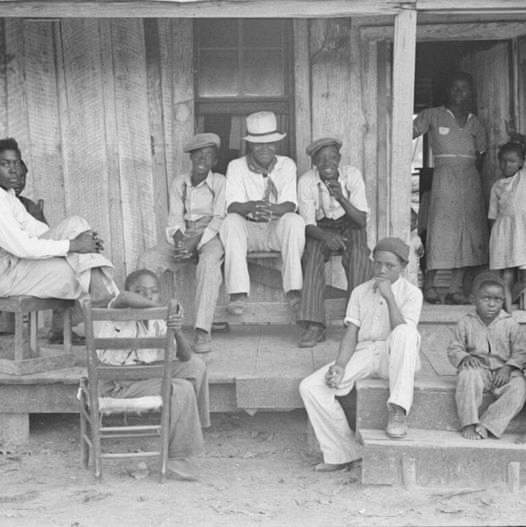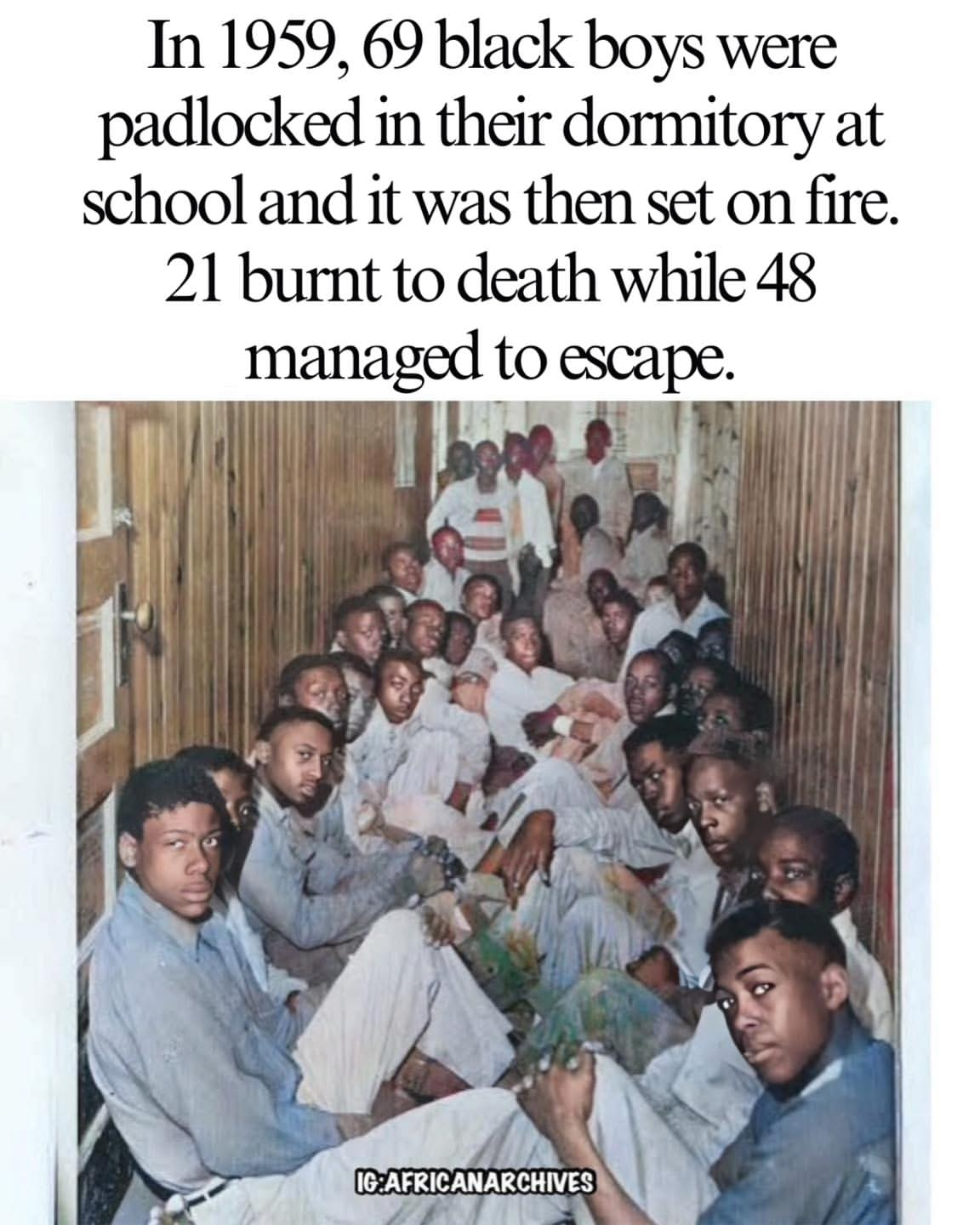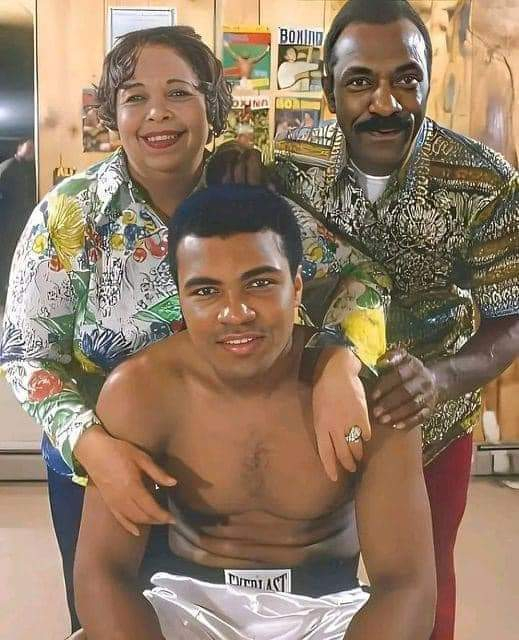2Pac, also known as Tupac Shakur, was a pivotal figure in hip-hop and a cultural icon, even at the young age of 25. His impact on music and society was profound, characterized by his powerful lyrics that addressed issues like racism, poverty, and violence.
During this time, he was closely associated with Snoop Dogg and Suge Knight. Snoop Dogg, who rose to fame in the early '90s, was part of the West Coast rap scene that 2Pac was heavily involved in. Their friendship was significant, especially during the height of the East Coast-West Coast rivalry in hip-hop.
Suge Knight, the co-founder of Death Row Records, played a crucial role in 2Pac's career. After 2Pac was released from prison in 1995, he signed with Death Row, which helped elevate his status in the industry. Under Suge's management, 2Pac released some of his most iconic albums, including "All Eyez on Me," which solidified his legacy.
Tragically, 2Pac's life was cut short when he was shot and killed in 1996 at the age of 25, leaving behind a lasting legacy in music and culture. His collaborations with artists like Snoop Dogg and the influence of Suge Knight continue to be discussed and analyzed in the context of hip-hop history.
The combination of their talents and the tumultuous environment of the '90s created a unique moment in music that is still remembered today. 2Pac’s artistry and the relationships he built during his short life remain influential to this day.
During this time, he was closely associated with Snoop Dogg and Suge Knight. Snoop Dogg, who rose to fame in the early '90s, was part of the West Coast rap scene that 2Pac was heavily involved in. Their friendship was significant, especially during the height of the East Coast-West Coast rivalry in hip-hop.
Suge Knight, the co-founder of Death Row Records, played a crucial role in 2Pac's career. After 2Pac was released from prison in 1995, he signed with Death Row, which helped elevate his status in the industry. Under Suge's management, 2Pac released some of his most iconic albums, including "All Eyez on Me," which solidified his legacy.
Tragically, 2Pac's life was cut short when he was shot and killed in 1996 at the age of 25, leaving behind a lasting legacy in music and culture. His collaborations with artists like Snoop Dogg and the influence of Suge Knight continue to be discussed and analyzed in the context of hip-hop history.
The combination of their talents and the tumultuous environment of the '90s created a unique moment in music that is still remembered today. 2Pac’s artistry and the relationships he built during his short life remain influential to this day.
2Pac, also known as Tupac Shakur, was a pivotal figure in hip-hop and a cultural icon, even at the young age of 25. His impact on music and society was profound, characterized by his powerful lyrics that addressed issues like racism, poverty, and violence.
During this time, he was closely associated with Snoop Dogg and Suge Knight. Snoop Dogg, who rose to fame in the early '90s, was part of the West Coast rap scene that 2Pac was heavily involved in. Their friendship was significant, especially during the height of the East Coast-West Coast rivalry in hip-hop.
Suge Knight, the co-founder of Death Row Records, played a crucial role in 2Pac's career. After 2Pac was released from prison in 1995, he signed with Death Row, which helped elevate his status in the industry. Under Suge's management, 2Pac released some of his most iconic albums, including "All Eyez on Me," which solidified his legacy.
Tragically, 2Pac's life was cut short when he was shot and killed in 1996 at the age of 25, leaving behind a lasting legacy in music and culture. His collaborations with artists like Snoop Dogg and the influence of Suge Knight continue to be discussed and analyzed in the context of hip-hop history.
The combination of their talents and the tumultuous environment of the '90s created a unique moment in music that is still remembered today. 2Pac’s artistry and the relationships he built during his short life remain influential to this day.
0 Commentaires
0 Parts
272 Vue


